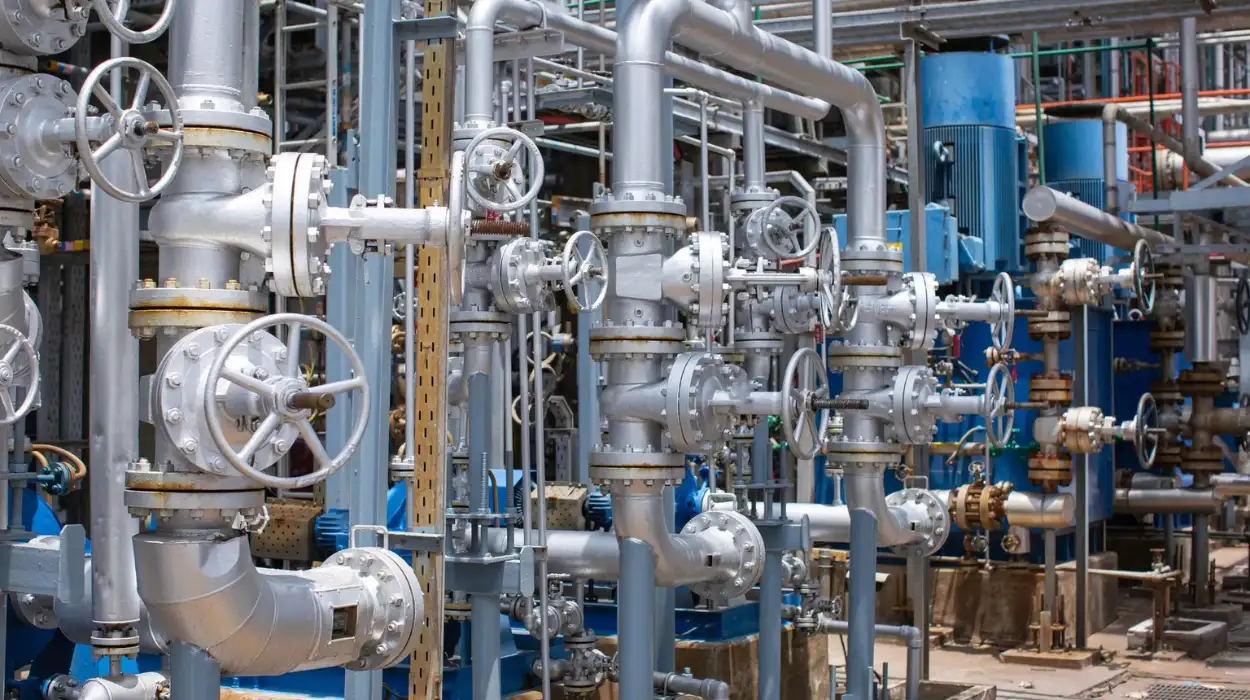Brussels (Brussels Morning Newspaper) – Following the halt of Russian gas supplies, European gas prices rose sharply gas stocks decreased significantly.
The cost of the Dutch TTF, the standard European natural gas, rose by more than 4% to €51 per megawatt-hour, its most elevated level since October 2023, before relaxing a little on the first trading day after Russian gas ceased flowing to Europe through Ukraine. As reported by Euronews, prices went up on 2 Jan 2025 with a backdrop of failing 5% of the EU’s natural gas imports.
European gas stocks have been exhausted at the fastest rate since 2021, posing at about 75% due to the extremely cold weather in the EU over the past weeks. According to the industry association Gas Infrastructure Europe, the stock of gas in the EU’s storage facilities dropped by nearly 19% from the end of September, when the replenishment season concludes, to mid-December.
What impact will Russia’s gas halt have on Europe?
The discontinuation of Russian gas supplies is expected to push energy prices up across all of Europe. Slovakia expects its domestic gas price will rise by 15-34% in 2025, assuming no state energy support. As countries fight to secure alternative sources of energy, the cost of these alternatives will likely be passed on to consumers. Countries that depend on Russian gas for heating and electricity, like Moldova and Slovakia, could be affected by supply shortages. Moldova has already declared a state of emergency because of fear of an energy crisis, leaving many households with inadequate heating during winter.
In response to stopping the Russian gas supply, Europe actively explores other forms of gas sources and measures through which Europe has diversified energy resources. LNG importing capacity into Europe has substantially expanded through converting LNG into a gas at regasification as well as using floating regasification storage unit (FSRU) capacities. It commissioned more than 53.5 billion cubic meters (bcm) of LNG since the Russia/Ukraine war breakout. LNG today constitutes approximately 34% to 37% of Europe’s natural gas consumption in 2022 and 2023, compared to 19% in 2021. Europe will continue along this path of importing LNG from countries like the United States, Qatar, and Australia.



